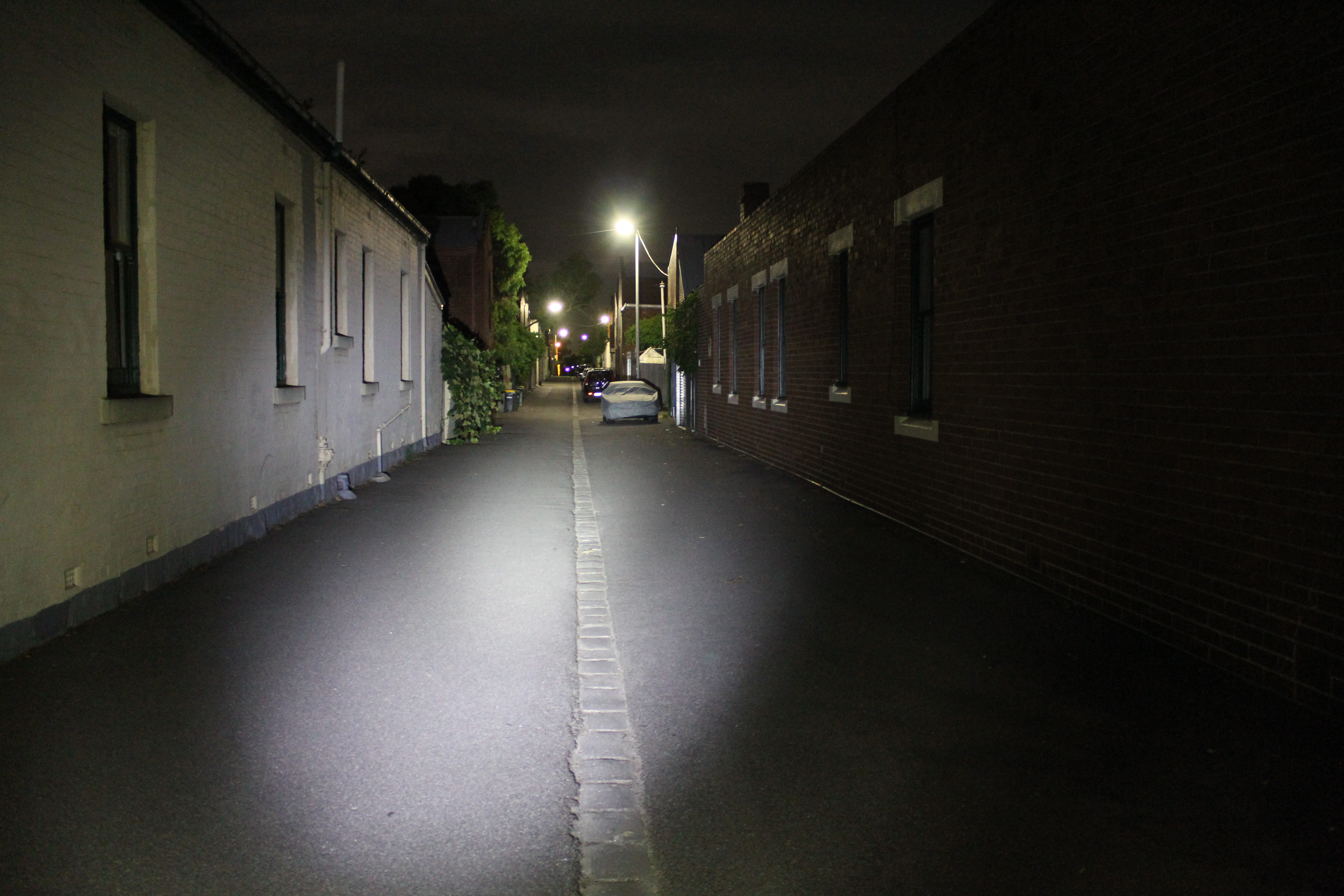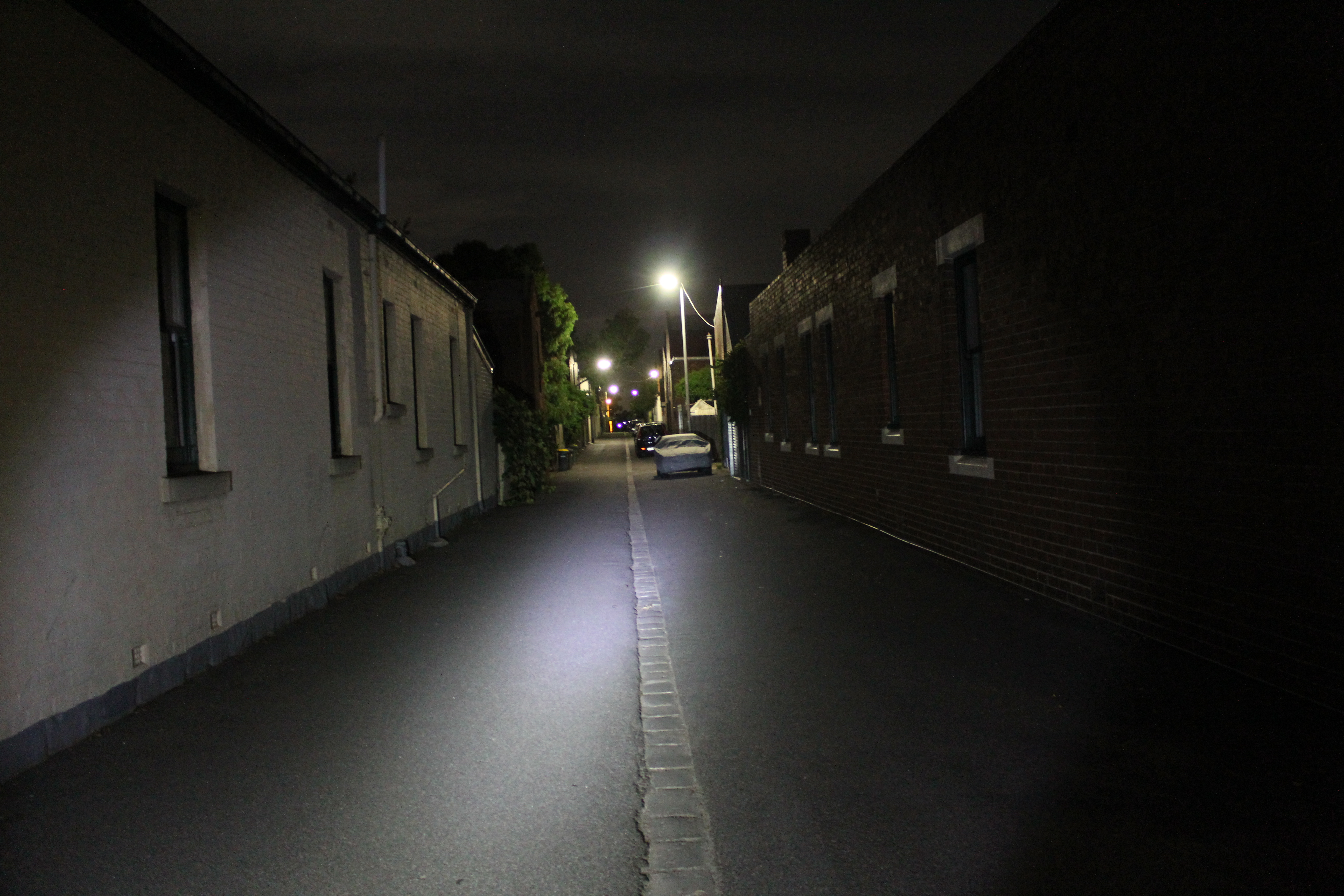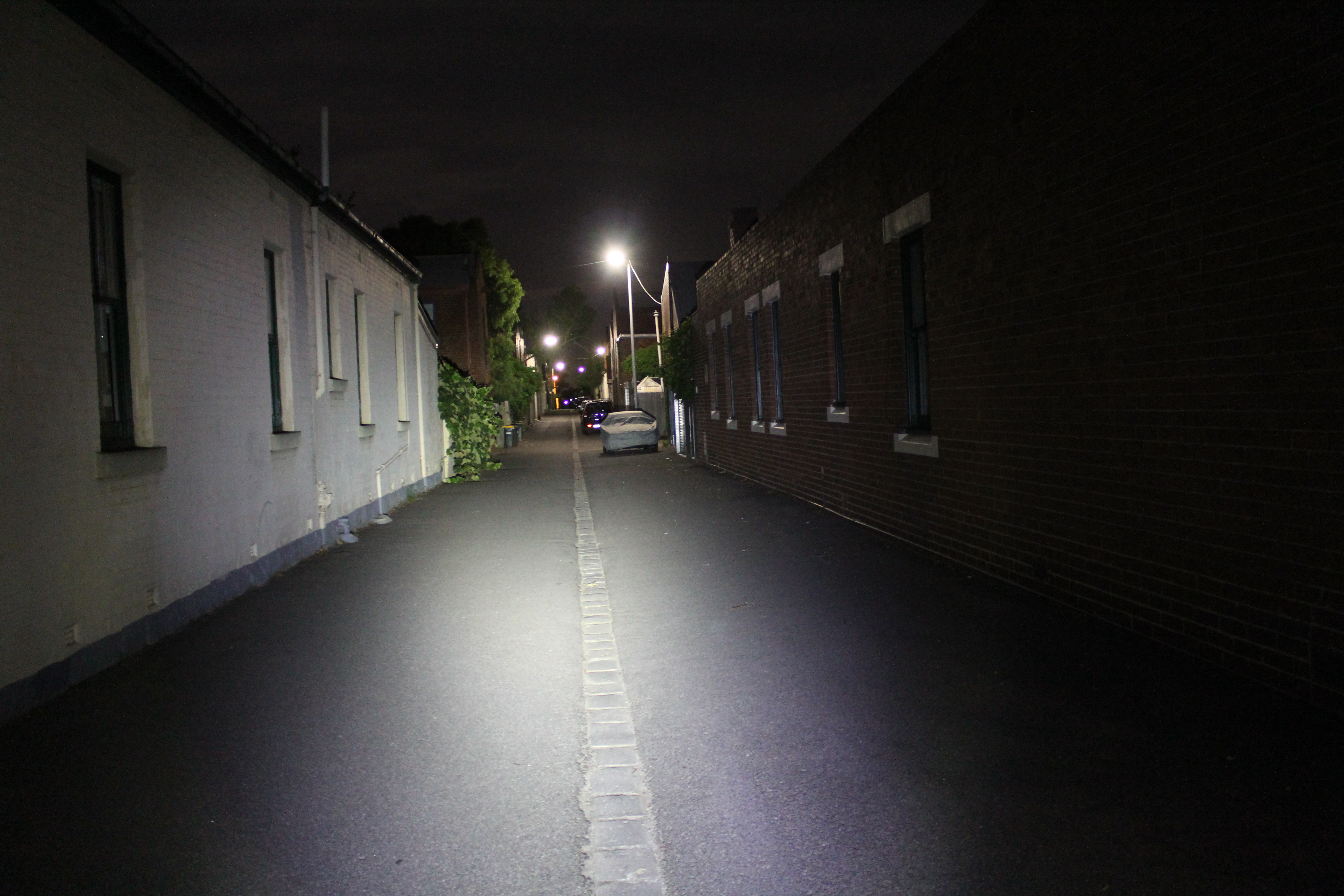See and be seen with high-powered bike lights. Simon Vincett reviews notable 2011 models
In the past these lights have required a separate battery pack strapped to bike. This variety still exist and perform well but now there are “cable-free” high-powered lights as well, such as the latest NiteRider, Cygo-Lite, Exposure Lights and NiteFlux Commuter 6 models. These “cable free” lights incorporate the battery into the light unit like a compact light. Their lithium ion batteries are much heavier than a compact lights battery but they offer a lot more light output.
Note that many models of high-powered lights need airflow from the bike being in motion to remain cool. If operated without airflow they can become hot to touch, malfunction, cut off or automatically reduce their output depending on the model.
Most batteries in high powered lights are charged by plugging the battery or the light into mains power via a charger or a USB port. These take 2 to 5 hours to charge depending on the light. Most batteries, such as the commonly used Lithium Ion variety, can be topped up with charge without running flat first and most have ‘smart’ chargers that can be left plugged in after the battery is full without causing harm. However, most have a light that indicates when the battery is fully charged and manufacturers recommend unplugging once full charge is achieved.
Different lights operate for different lengths of time. Some high-powered lights run out in a few hours. Think about how long you need a light to operate before buying one with a short burn time.
Lights to be seen
The Ride On Lights Test is primarily concerned with determining the most visible, best-value lights for a variety of bike riders. The range includes dynamo and high-powered lights designed to illuminate the way ahead for riders, but we consider how effectively visible they are rather than their output.
Brightness is scientifically measured in lumens. While lumen output is useful in differentiating the strength of lights at a single point, visibility is usually more complicated. It is affected by angle, shape, colour and flashing phase of a light, all within the context of a real-life situation.
We’re proud of the thoroughness of our annual Lights test, so we’ve laid out the methodology for all to see. Please leave feedback or suggestions if you have them.
How do they look?
See below the output of a selection of high-powered lights from the eleven assessed in the 2011 Ride On Lights test. A panel of judges scored their visibility and an Industrial Design team from RMIT university assessed their usability, water-resistance and durability. You can view the ranking of the lights and all the scores, and learn more about the test, on the Lights test 2011 full results page.





What does Ride On recommend?
Ever thought about dynamo-powered lights?
Ride On content is editorially independent, but is supported financially by members of Bicycle Network. If you enjoy our articles and want to support the future publication of high-quality content, please consider helping out by becoming a member.


One thought on “1”